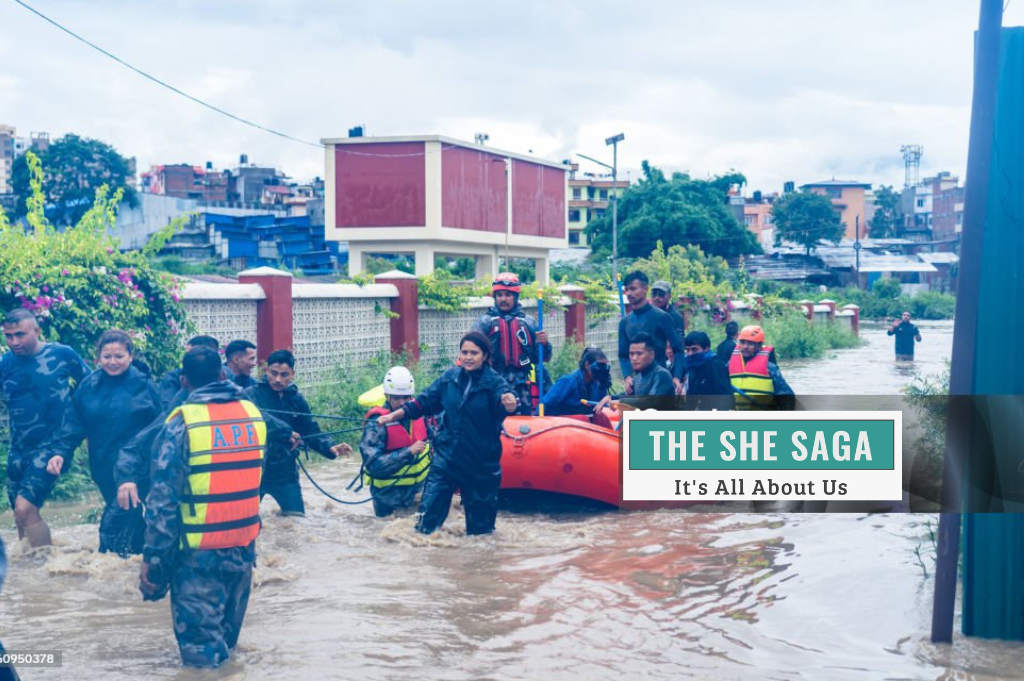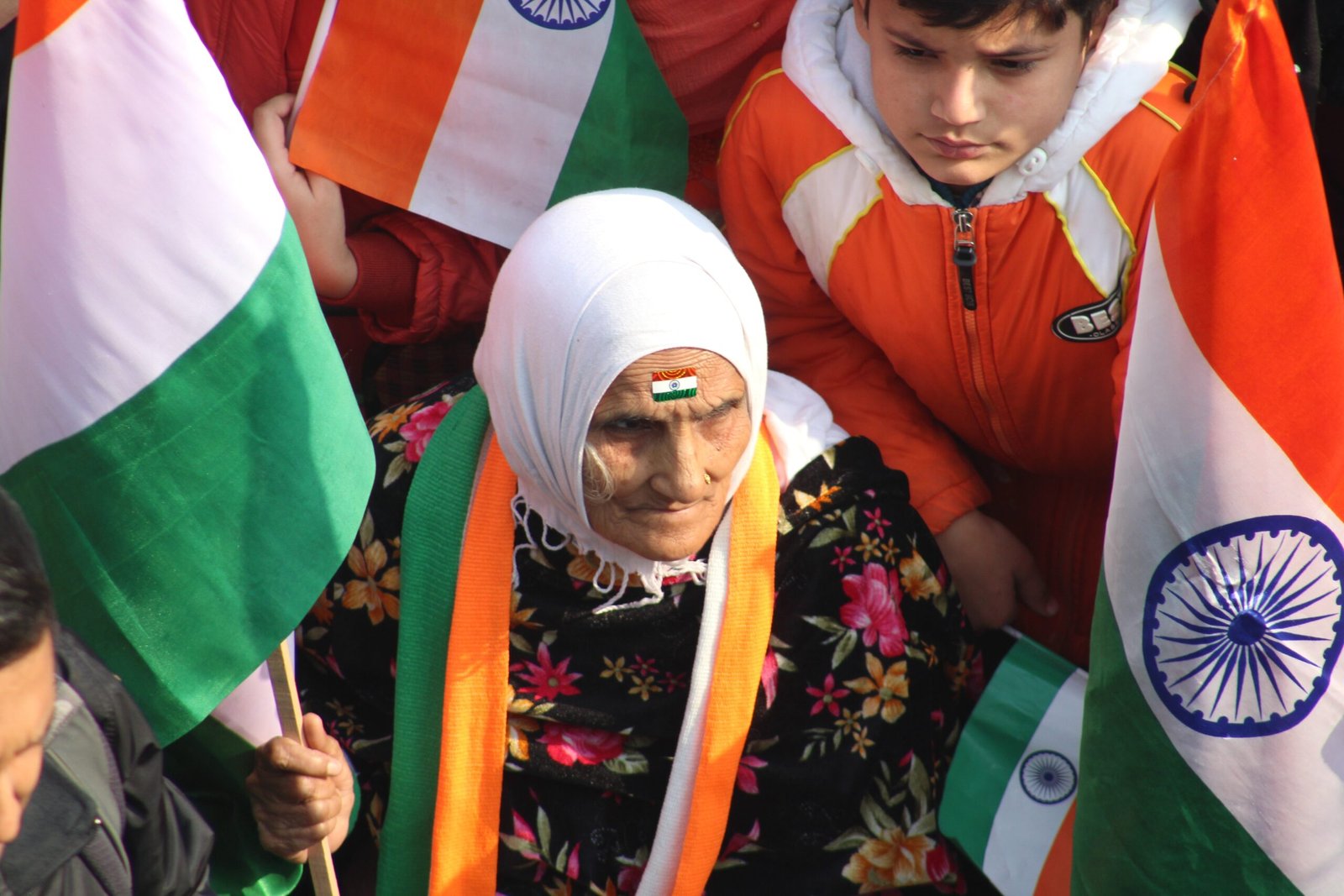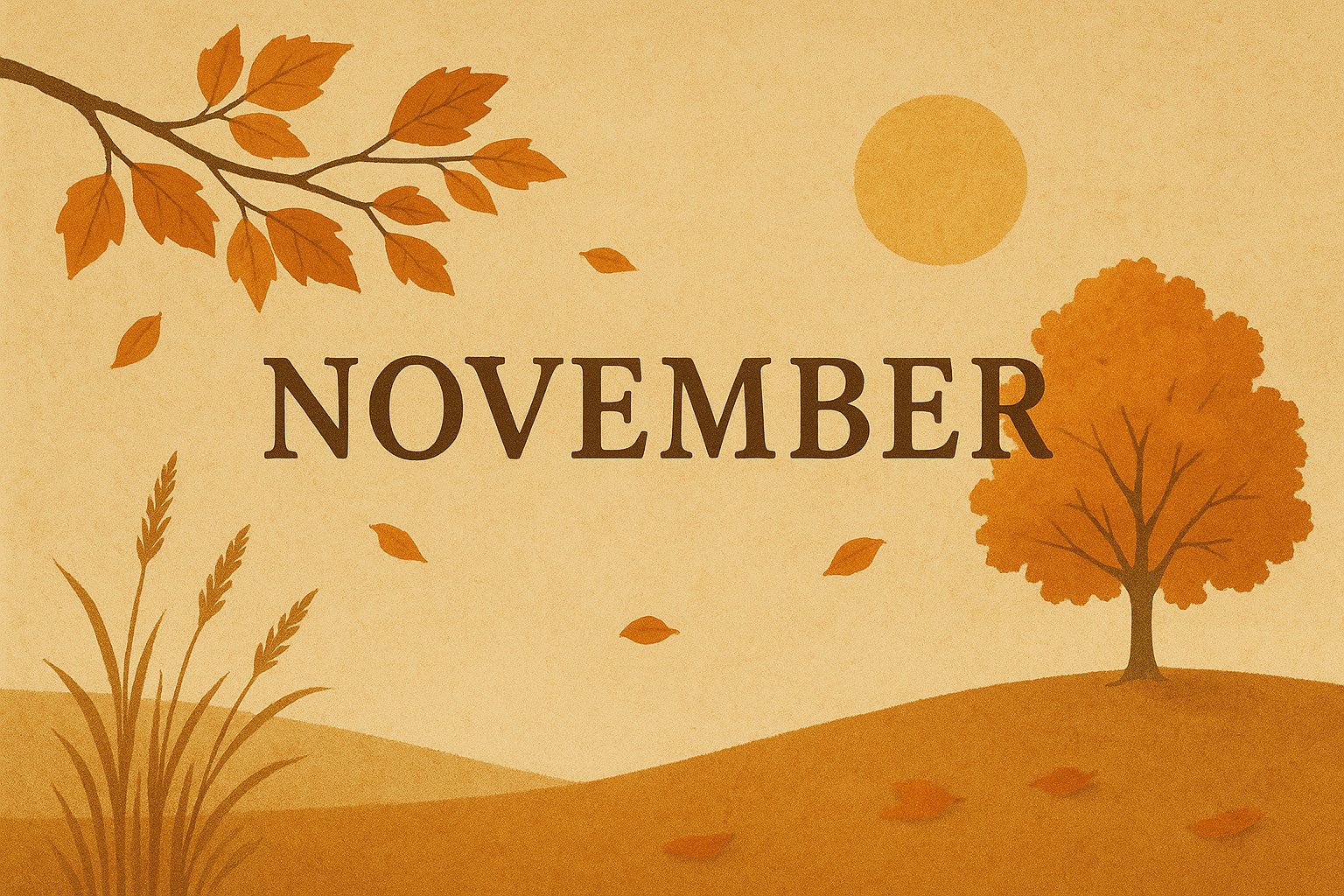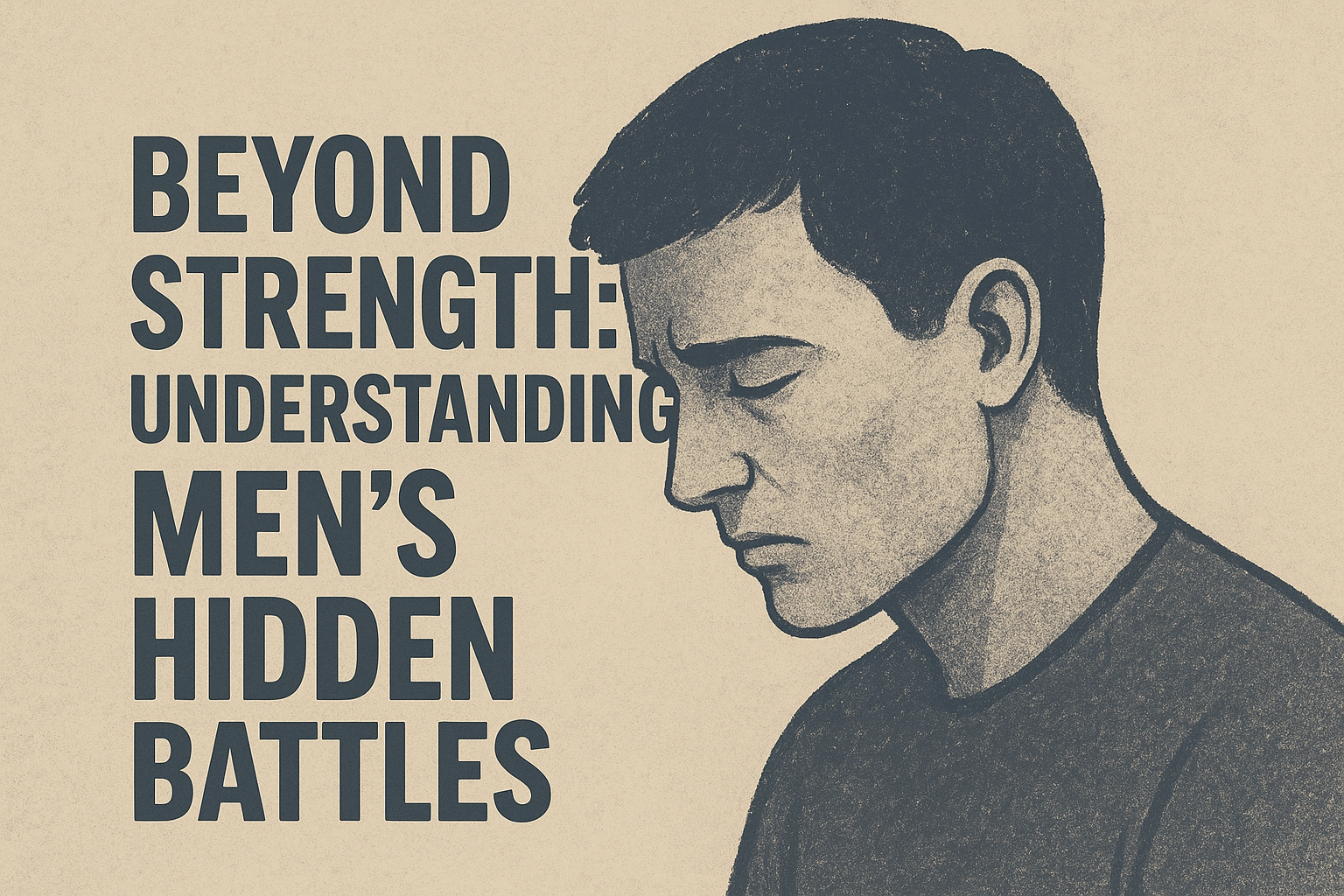It was the tail end of the month of September, 2019 – 28 th September to be precise. It had been raining cats and dogs incessantly for 2-3 days. And the water level on the roads of Rajendra Nagar, Patna, kept on rising till it reached our metal gate which is 3 feet above the ground level. In fact, we woke up on the 28 th to find that our vehicles were submerged in water. Water had also seeped into the ground floor flat. My cousin and his family live on the ground floor. They had to shift upstairs because the bathroom and kitchen were clogged. Soon enough there was load shedding. The inverter lasted till evening; after that, only candlelight cut through the darkness.
We were saving our smartphone batteries for making and receiving emergency calls and for getting important news and rescue information. We knew that we would see the boats plying on the roads from the next day, and sure enough they came. For the time being they were not rescuing anyone, but taking stock of the situation. They distributed water bottles and a little food.
The Bihar government had issued toll-free emergency numbers. Unfortunately, most of them were not responding. Meanwhile the Indian Air Force (IAF) carried out the distribution of food packets via Advanced Light Helicopters. These operations were conducted under the direction of Chief Minister Nitish Kumar.
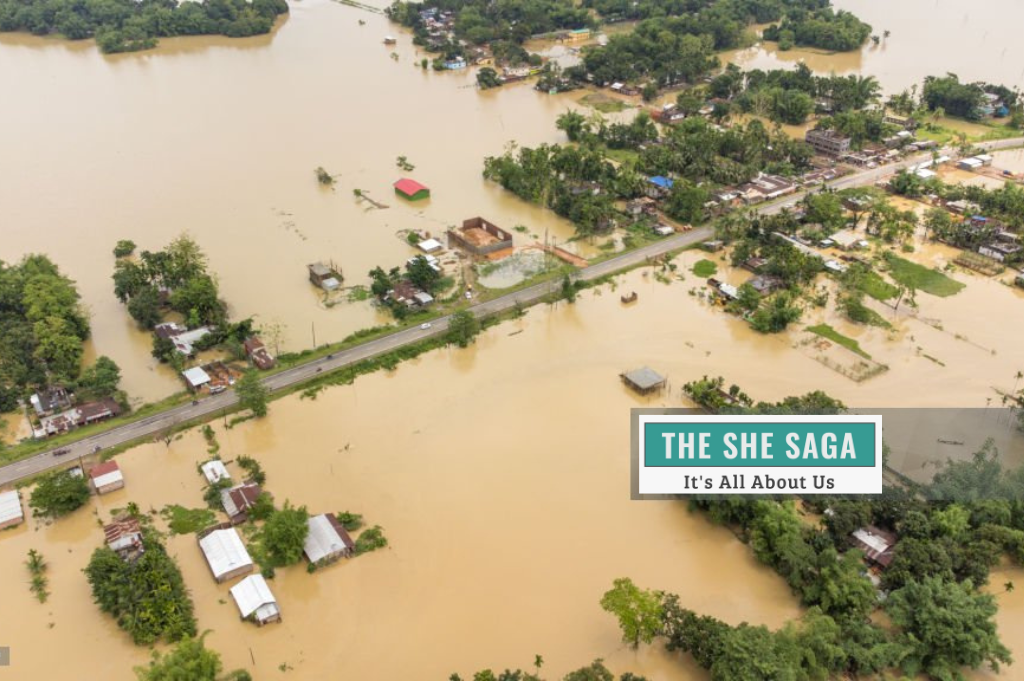
By the next morning the smartphones were dead. Since it was the end of the month many households had run out of ration. Thankfully we had enough to last for a few days. We had only paratha and achar for all meals for those 4 days while we waited to be rescued by a boat. We could not use utensils because we had no water to wash them. Our hands became our plates.
We requested the boatmen to rescue us since there were very old people (my mama and mami in their 80s) with us. Finally, one of the boat operators obliged. We had to wade through waist-deep water to step out of the house and reach the boat. We planned to reach a dry spot of land where our driver would wait for us to take us to mummy’s nursing home in Hajipur where we would spend our time till things got normal. My cousin’s family would go to their relatives’ place.
Unfortunately, our driver didn’t arrive on the spot and his phone was switched off. We were now stranded on a dry piece of land. In order to get an auto, we had to cross the Rajendra Nagar bridge. The rickshaw pullers took advantage of our misfortune to charge an exorbitant price to just cross the bridge – a commute which would have cost only Rs 50 cost us Rs 400 because we had to take 2 rickshaws.
We got to the auto stand and reserved an auto from Patna to Hajipur. It charged us Rs 200, which was the usual fare. There were five of us on the auto – my parents, two domestic staff and me. We realized that at that point in time an auto was the best vehicle in the entire world because it rescued us. The luxury cars like BMWs would stand no chance in front of the humble auto.
It was a godsend.
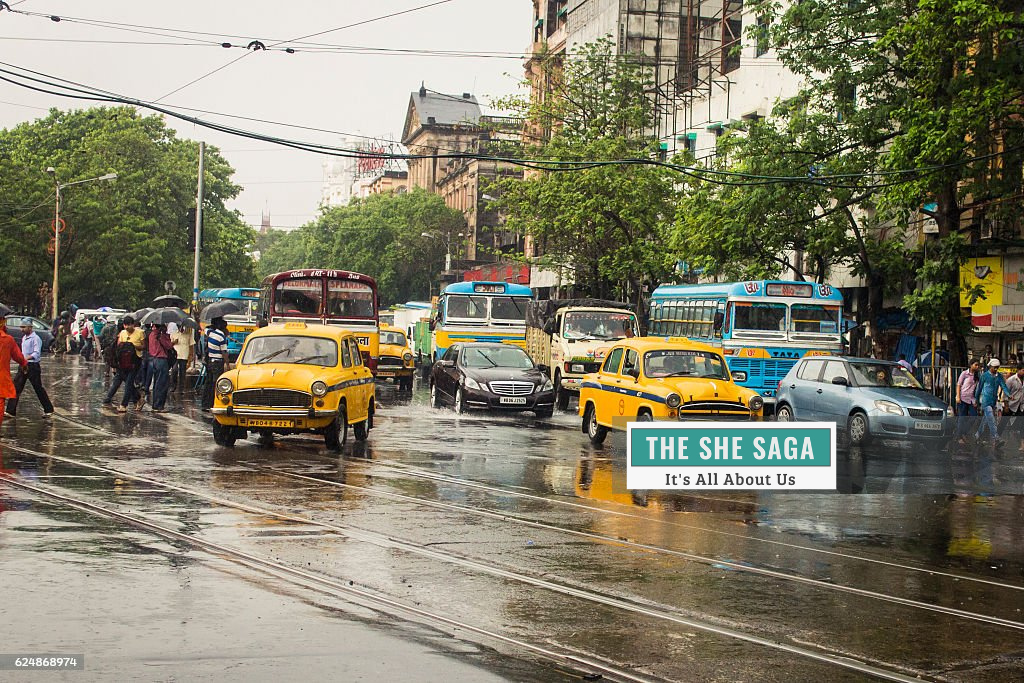
We reached the nursing home where mom has a personal room and we all took a bath after five days! It was such a relief to be able to taste other food items once again. Since there was electricity, we used our smartphones to listen to the news. Many people in Rajendra Nagar were not as lucky as we had been. They had to remain in that situation without food or water for some more days. Meanwhile, those houses which had been left empty by the rescue of the residents were at the mercy of the burglars. We had to request the other driver to go home and stay there till we could come back. We had given him enough supplies of food, water and money to last for 10 days. thankfully he obliged us.
The next five days were spent eagerly listening to the news. It turned out that the flooding had been caused because of the renovation work of drainage going on in the city. Apparently, the map had been lost, and the municipal corporation couldn’t locate the old drains to release the water. Power pumps had to be used to pump out the water from our area. Despite the rescue efforts many people were stranded in their residence for the entire duration of the flood with little to no water or food. I cannot imagine their suffering and predicament. It must have been such a harrowing experience for them!
When we returned home, we found that water had reached at least 3 feet above the ground floor. My cousins had to throw away many of their clothes. The furniture had rotted and so had the food. Two of our cars, and two bikes had broken down beyond repair. Fortunately, we had insurance and used the payout to buy new cars. Needless to say, the vehicle repair garages were brimming with damaged cars.
We were lucky to have come out of it with minimal damage and support systems in place. But many others were not so fortunate. That week reminded us not just of nature’s fury, but of the fragility of urban planning, and the resilience required to survive it.
I don’t think we’ll ever look at a rainy forecast the same way again.

By Richa Verma
Richa is an online English teacher, independent blogger, voracious reader, movie buff who is smitten with wanderlust, and a homemaker. She can be contacted through her email address richavermamh@gmail.com





